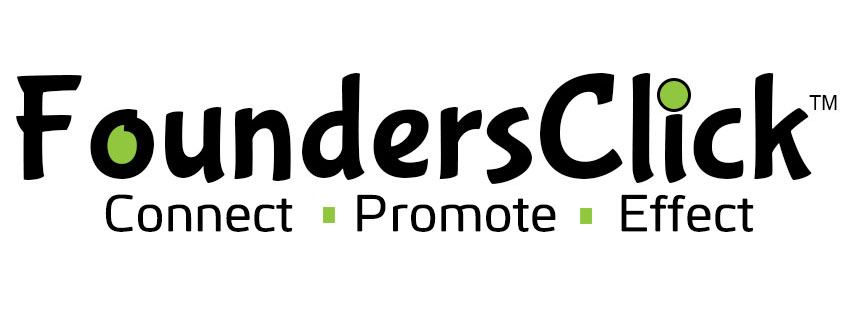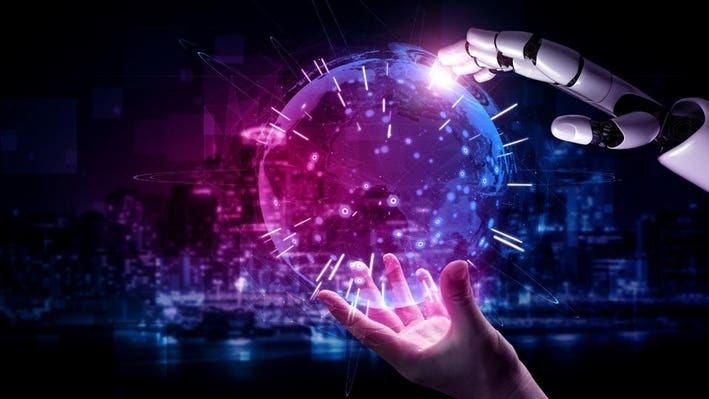Artificial Intelligence
Artificial intelligence, or AI, and machine learning refer to the ability of machines to learn and act intelligently, meaning they can make decisions, carry out tasks, and even predict future outcomes based on what they learn from data.
AI and machine learning already play a bigger role in everyday life than you might imagine. Alexa, Siri, Amazon's product recommendations, Netflix’s and Spotify’s personalized recommendations, every Google search you make, security checks for fraudulent credit card purchases, dating apps, fitness trackers... All are driven by AI.
AI is going to revolutionize almost every facet of modern life. Stephen Hawking said, “Success in creating AI would be the biggest event in human history.” And Hawking immediately followed that up with, “Unfortunately, it might also be the last, unless we learn how to avoid the risks."
There are potentially huge risks for society and human life as we know it, particularly when you consider some countries are racing to develop AI-enabled autonomous weapons. AI and machine learning are the foundation on which many other technologies are built. For instance, without AI, we wouldn't have achieved the amazing advances in the Internet of Things, virtual reality, chatbots, facial recognition, robotics, automation, or self-driving cars, just to name a few.
AI is also going to transform human jobs. AI-enabled automation will have a particularly significant impact and may lead to the displacement of many jobs. But rather than subscribing to a vision of a dystopian future where all human jobs are given over to robots, I believe AI will make our working lives better. AI will enhance the work of humans, and new jobs will arise to replace displaced jobs.
What's more, as machines become more intelligent and capable of carrying out more human tasks, I believe that our uniquely human capabilities, things like creativity, empathy, and critical thinking, will become all the more precious and valuable in the workplaces of the future.
Gene Technology
Genomics is an interdisciplinary field of biology that focuses on the understanding and manipulation of DNA and genomes of living organisms. Gene editing is a group of technologies that enables genetic engineering in order to change the DNA and genetic structure of living organisms.
Biotechnology is advancing to the point where it's viable to alter the DNA encoded within a cell; this will influence the characteristics or traits that its descendants will have. In plants, this could affect the number of leaves or their coloring, while in humans, it could affect their height, eye color, or their likelihood of developing diseases. This opens up a range of possibilities that are almost unlimited, as it means that any characteristic of a living organism that is inherited can theoretically be changed.
Much of the work being done with gene editing is in the field of healthcare. Among the most exciting current projects is the correction of DNA mutations which can lead to serious illnesses such as cancer or heart disease. But, perhaps more than with any other technology, there are a huge number of ethical and legal concerns as well as "what if" questions when it comes to genetic manipulation and editing. Genome editing in humans is currently banned in many countries, including much of Europe, as its long-term results are not understood
Human-Computer Interfaces
Human-computer interfaces create wearable devices and technology that help to improve the physical and potentially mental performance of humans and help us lead healthier and better lives. Perhaps the most prevalent examples of wearables today are fitness tracker bands and smartwatches: small, easy to wear devices that typically monitor our activity and provide insights that help us lead healthier, better, more productive lives.
However, the termh wearable doesn't necessarily mean something that you strap onto your wrist or where elsewhere on your body; it also extends to smart clothing such as running shoes that can measure your gait and performance, advances like robotic prosthetics, and robotic wearable technology used in industrial settings.
As technology gets smaller and smarter, the sheer range of wearables is going to expand, and new, smaller, smarter products will emerge to supersede the wearables we're familiar with today. For example, we already have smart glasses, but these are likely to be replaced by smart contact lenses. After that, smart contact lenses will likely be replaced by smart eye implants.
Advances like this lead many to believe that humans and machines will eventually merge to create truly augmented humans, transhumans, or humans 2.0, where the human body is souped up like a sports car to achieve enhanced physical and mental performance. This would transform the world of medicine and eventually maybe even challenge our understanding of what it means to be human.
3D Printing
3D printing, also known as additive manufacturing, means creating a 3D object from a digital file by building it layer by layer. 3D printing may seem distinctly more low-tech than artificial intelligence or gene editing, but it has the potential to completely transform manufacturing and other industries.
Using 3D printing, the factories of the future could quickly print spare parts for machinery on site. Entire assembly lines could be replaced with 3D printers. We could print human tissue for transplant, print weapons, even print food.
3D printing technology brings many opportunities, but it also brings some downsides, challenges, and obstacles to overcome. While it has the potential to reduce the environmental impact of manufacturing by using fewer materials overall, we have to consider the environmental impact of the printers themselves.
3D printing also presents problems for intellectual property owners, since the technology enables counterfeiters to produce fake license goods cheaply and easily. There's also the problem that weapons can be easily 3D printed. One thing I find particularly exciting about 3D printing is the potential it brings for mass personalization of products. Thanks to 3D printing, products and Designs can be customized to suit one-off requests in orders, and this could cover anything from personalized sneakers to food that's personalized to our individual nutritional needs.

 SkillClick
SkillClick
